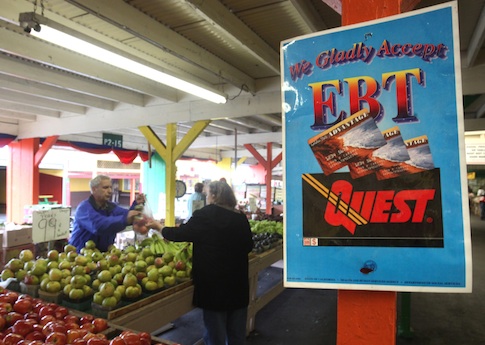Seven of eight indicators that measure poverty and dependence on government in the United States are moving in the wrong direction, according to the Heritage Foundation’s 2015 Index of Culture and Opportunity.
The index, which tracks 31 different social and economic factors, looks at how these metrics relate to culture, poverty and dependence, and general opportunity in America.
When evaluating only poverty and dependence, there were eight metrics the Heritage Foundation studied from 2004 to 2014. These include the labor force participation rate, total welfare spending, subsidized housing participation, food stamp participation, Temporary Assistance for Needy Families (TANF) participation, TANF work participation rate, unwed birth rate, and self-sufficiency.
The report found that all of these metrics moved in the wrong direction with the exception of TANF participation.
In the decade Heritage studied, the labor force participation rate, which measures the percentage of those in the labor force who either have a job or sought one, fell by 1.9 percentage points and the TANF work participation rate declined 4.9 percentage points.
Total welfare spending increased by $250 billion, the number of people living in subsidized housing increased by about 1.27 million and the number of people on food stamps grew by 22 million.
Self-sufficiency, which Heritage defines as the percentage of individuals living in poverty without welfare benefits, increased by 2 percentage points.
"Throughout the past 10 years, in spite of massive and growing funding invested in America’s antipoverty agenda, the percentage of individuals able to support themselves free of government welfare has declined," the report said. "The fundamental reason for the failure to effectively reduce dependency and promote self-sufficiency is a misdiagnosis of poverty in America."
The only metric that improved was participation in the TANF program, which declined by 1.45 million.
